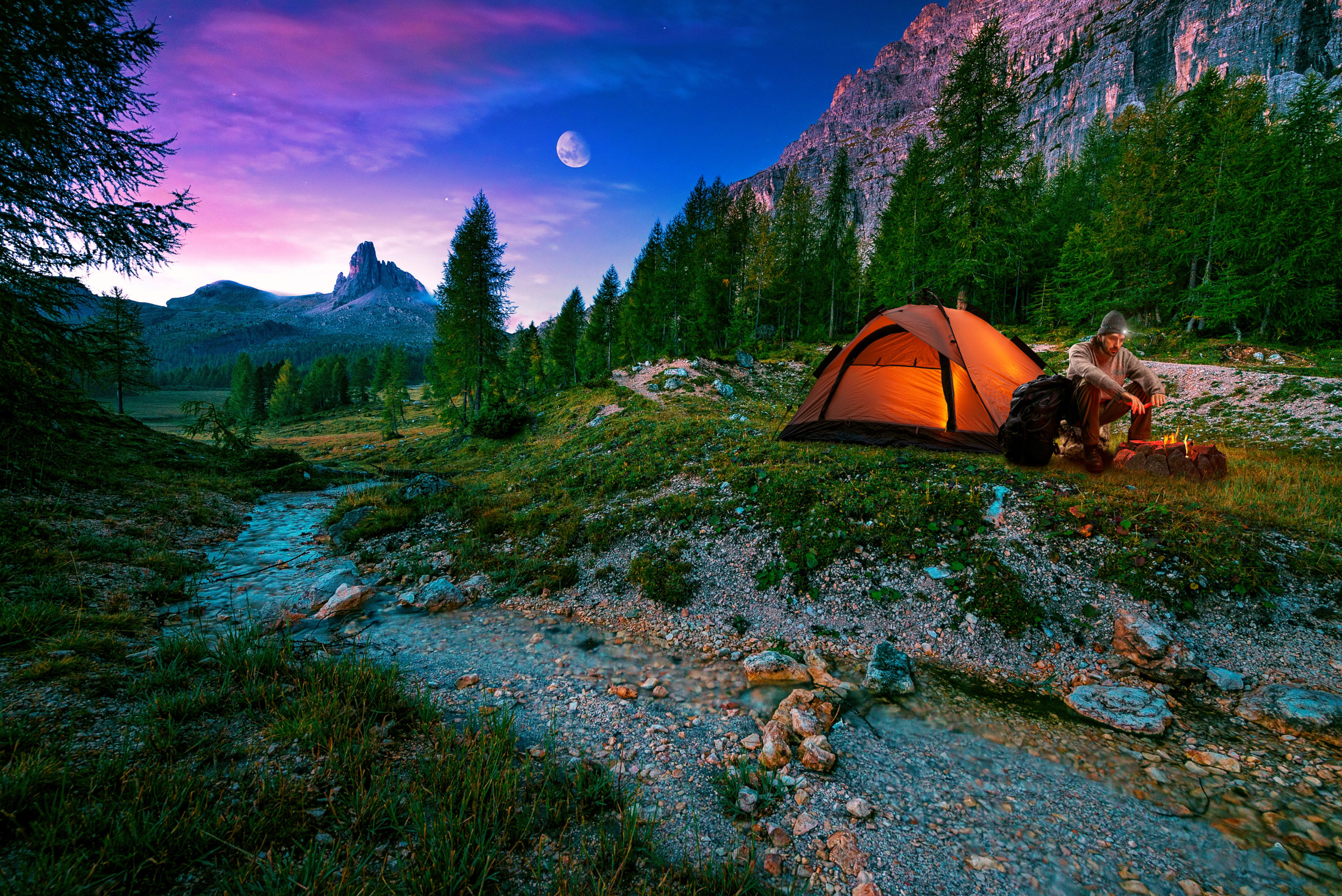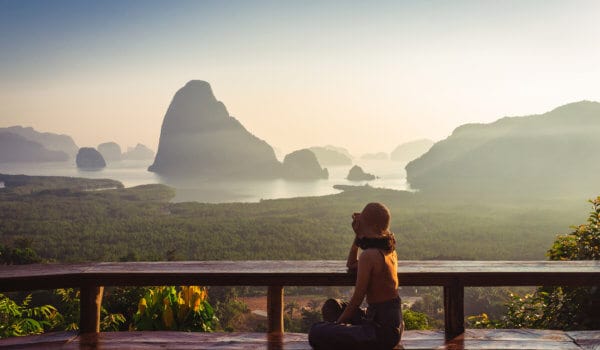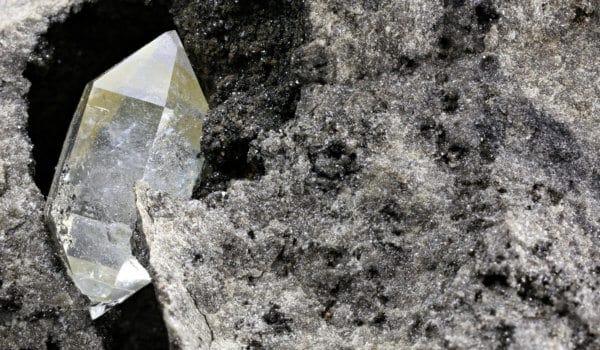Looking for an adventure this summer? How about wild camping in the wilderness of Europe? Here are the best spots that allow wild camping.
If you love adventure and the idea of pitching a tent in the wild, gazing at the stars at night, and spending days hiking or prepping your own meals on fire, then you simply have to try wild camping this summer. While most European countries don’t allow wild camping anywhere to keep nature protected, you can still experience the joy of wild camping in some parts. So here are the best places where you can go wild camping this year without breaking any rules.
Lofoten Islands, Norway
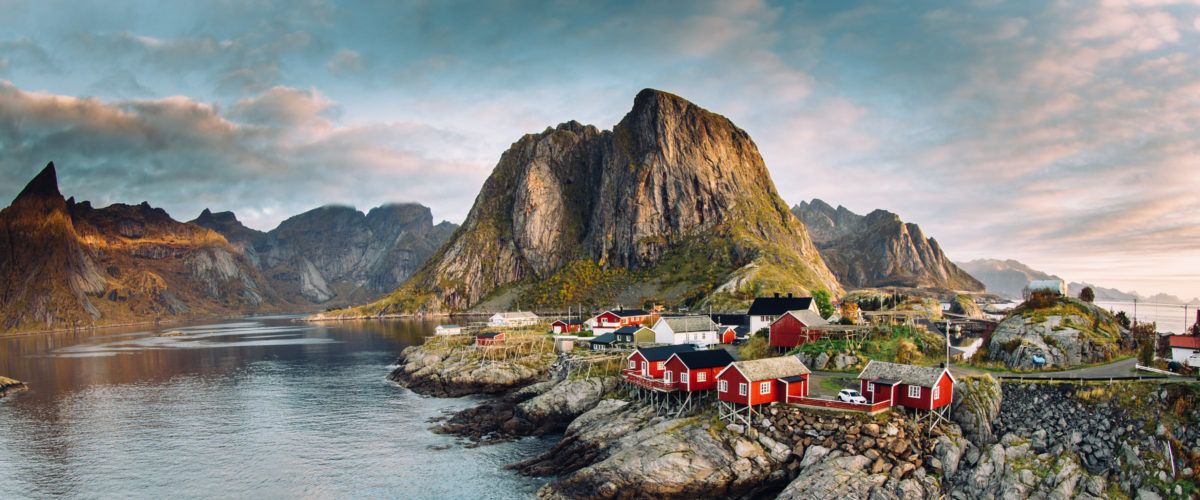
One of the top places in Europe where you can enjoy the beauty and adventure of wild camping in Norway. Wild camping in Norway is completely legal and on top of that, the country has some of the most beautiful landscapes to offer for camping. The only rule is that you can only camp on uncultivated land and you must always camp further than 150 meters from the nearest building.
Lofoten Islands is a great choice for those who are looking for a real adventure that includes the northern lights, the midnight sun, and complete wilderness. While on the islands, you can go fishing, hiking in the beautiful mountains, or just enjoy a relaxing afternoon on one of the beaches such as Uttakleiv, Skagsanden, or Kvalvika.
Skuleskogen, Sweden
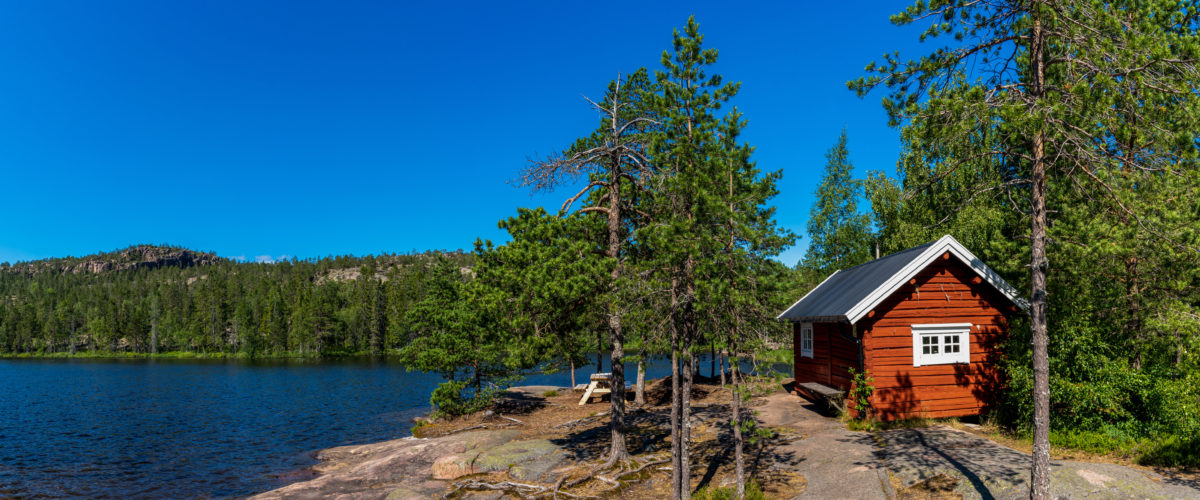
Another beautiful wild camping destination is Sweden. The country has 29 national parks where you can explore the wilderness of Swedish nature. One of which is Skuleskogen National Park in Västernorrland which offers a combination of lush forests, rugged mountainscapes, a beautiful stretch of Baltic coastline, as well as pristine lakes.
If you want to try wild camping in Sweden, you can set up your camp anywhere from May to September for a maximum of three nights. Access to wilderness is one of the most important rights in Sweden. It even has a name – allmansrätten that describes the unique freedom of access to Sweden’s countryside and wild places.
Lahemaa and Saaremaa, Estonia
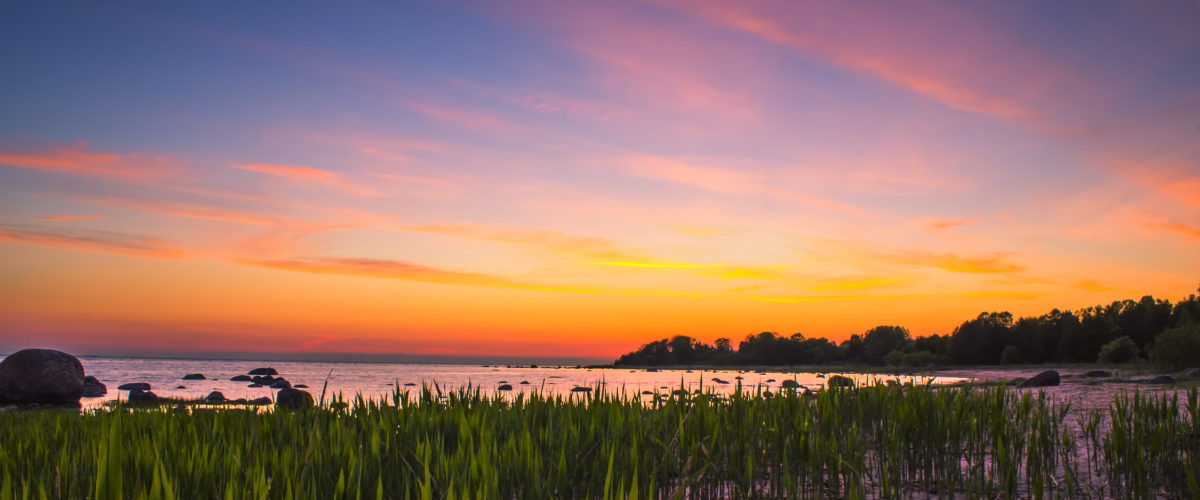
Not far away from Sweden, you can find Estonia in which wild camping isn’t just legal but actively encouraged. Here you can freely travel around national parks that are managed by the Estonian State Forest Management (RMK) and that usually include a free designated camping area for anyone who wants to put up a tent and spend some time outdoors. Each camping area is equipped with very simple facilities such as a toilet or bonfire areas.
If you are looking for a completely off-grid wilderness experience, you can head over to Lahemaa National Park or the island of Saaremaa. While Estonia is rather flat in nature, the country attracts a variety of adventurers looking for diverse landscapes, deep forests, remote sandy beaches, and beautiful natural lakes.
Scotland
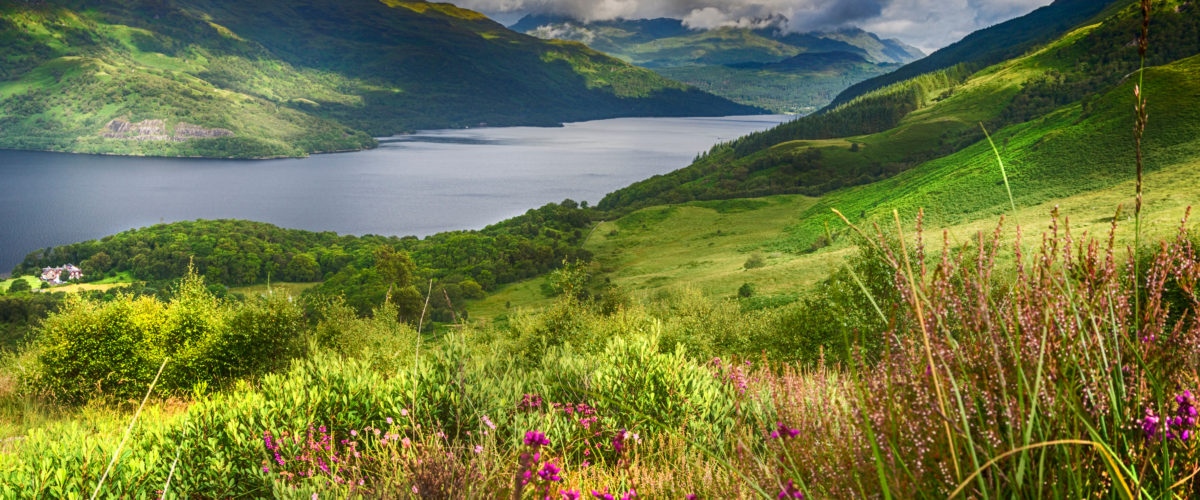
Thanks to the Scottish Outdoor Access Code, it is completely legal to wild camp in Scotland which makes it a very attractive destination for all camping and adventure lovers. If you follow the ‘leave-no-trace’ policy and avoid overcrowding the location, then you are set for the wild camping adventure of your life.
The natural landscape of Scotland is so diverse that you can easily find something for any type of traveler, from rugged mountains to beautiful coastlines. One of the top places for wild camping in Scotland is Loch Lomond, Inverarnan, and the Isle of Skye.
Finland
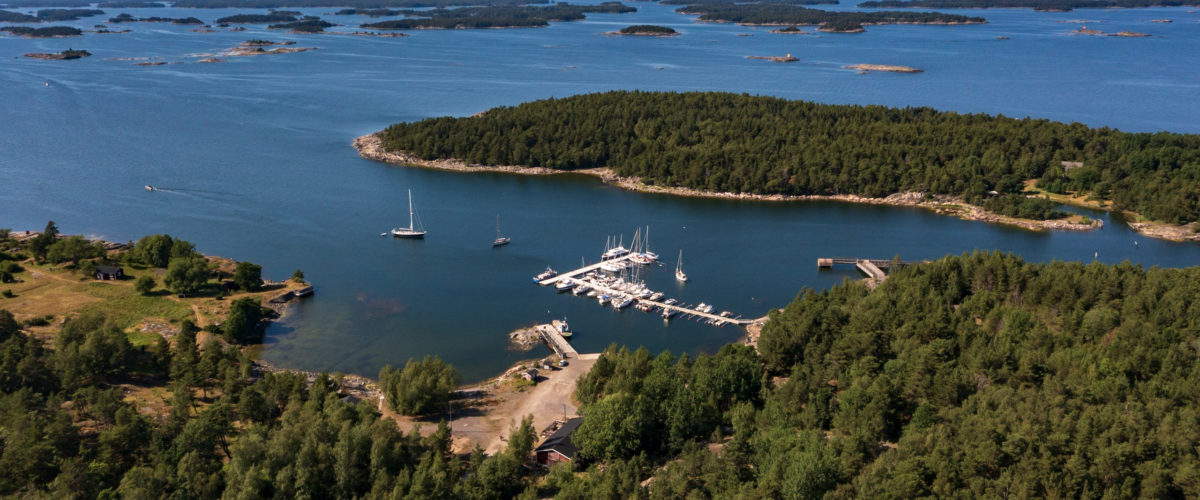
Just like other Scandinavian countries, Finland makes it legal to set up a tent anywhere you want as long as it complies with a few general rules of wild camping such as not camping in nature reserves, restricted national parks, or on beaches. Wild camping in Finland means setting up a tent by remote lakes, exploring the wild forests, and swimming in natural lakes.
Among some of the top wild camping spots in Finland, there is the Archipelago National Park. Located off the country’s west coast, the archipelago consists of a large number of remote islands. Another scenic location is Oulanka National Park which is filled with hanging bridges, beautiful waterfalls, and even more impressive forests. The national park is one of the top places to visit in the country, thus the whole area is well-preserved and maintained.
Photo: Gergely Zsolnai/Shutterstock
You might also like:
Support us!
All your donations will be used to pay the magazine’s journalists and to support the ongoing costs of maintaining the site.
Share this post
Interested in co-operating with us?
We are open to co-operation from writers and businesses alike. You can reach us on our email at [email protected]/[email protected] and we will get back to you as quick as we can.
